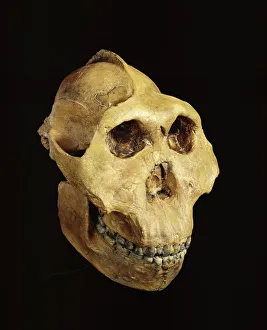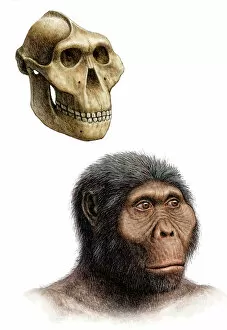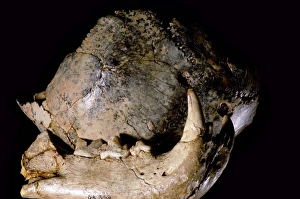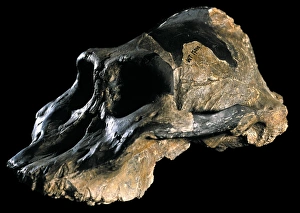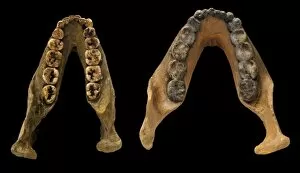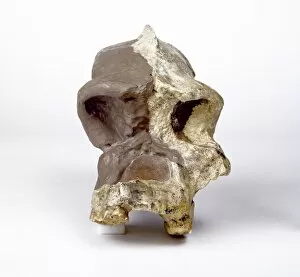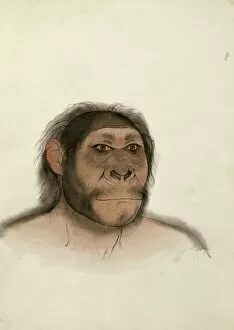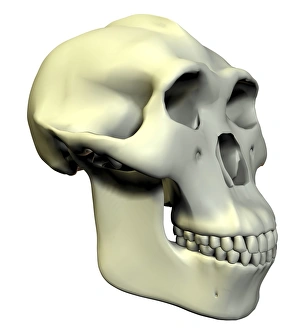Robust Australopithecine Collection
"Unveiling the Robust Australopithecine: A Glimpse into Our Ancient Relatives" Delving deep into our evolutionary past
All Professionally Made to Order for Quick Shipping
"Unveiling the Robust Australopithecine: A Glimpse into Our Ancient Relatives" Delving deep into our evolutionary past, we encounter the robust australopithecines - fascinating hominins that roamed Africa millions of years ago. Among them, the Paranthropus boisei (Zinjanthropus) cranium (OH5) stands as a remarkable specimen, offering invaluable insights into their physical characteristics and way of life. A key member of this group is Australopithecus boisei, known for its sturdy build and powerful jaw. The Paranthropus robustus and leopard jaw C015/6933 further shed light on their dental adaptations, suggesting a diet dominated by tough vegetation or even occasional meat consumption. The presence of Paranthropus aethiopicus (KNM-WT 17000) C015/6932 and C015/6931 adds to our understanding of their geographical distribution across East Africa. These specimens showcase distinct cranial features that set them apart from other hominin species. Examining lower jaw casts of Paranthropus robustus (Swartkrans 23), we witness the evolutionarily significant changes in their mandibular structure over time. This adaptation likely played a crucial role in processing food efficiently. The impressive Paranthropus robustus craniums (SK46) provide us with detailed glimpses into their overall skull morphology. Their massive size indicates strong chewing muscles required for consuming coarse foods found in their environment. Through the study of these fossils like Paranthropus boisei based on OH5, we piece together an intricate puzzle about our ancient relatives' physical attributes and behavioral patterns. It becomes evident that they were well-adapted to survive in challenging environments through specialized dentition and muscular structures developed for grinding tough plant material.

